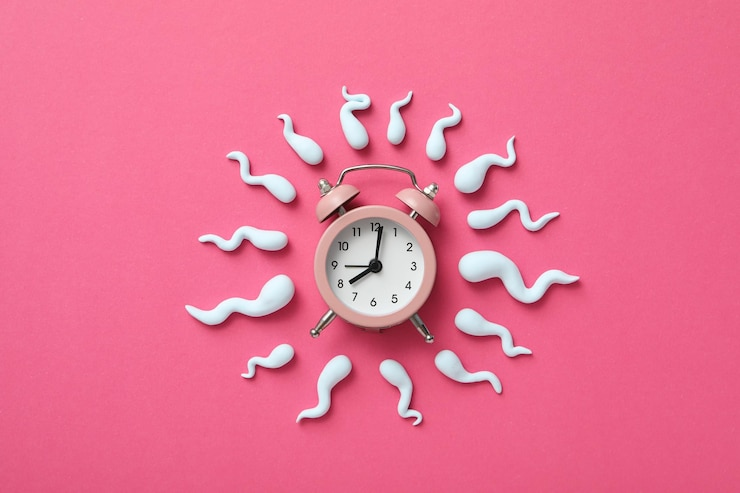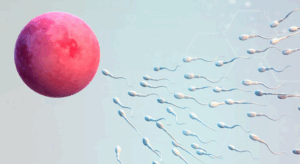
Prolistem® at the ESHRE 41th – Paris
We are proud to have participated in the 41st Annual ESHRE Conference in Paris, a premier international event where the global reproductive medicine community gathers

When it comes to male fertility, one of the scariest things a guy can hear is the word “azoospermia.” It sounds complicated, but in simple terms, it means there’s no sperm in your semen. This can be a serious issue if you and your partner are trying to have a baby. But don’t worry—let’s break it down and figure out what azoospermia is, what causes it, and what you can do about it.
Azoospermia is a medical condition where a man’s ejaculate contains zero sperm. This isn’t just a low sperm count—it’s a total absence of sperm. According to research, about 1% of all men and 10-15% of infertile men have azoospermia. If you’re dealing with this, you’re not alone.
There are two main types of azoospermia, and each has different causes:
In this case, your body is producing sperm, but there’s a blockage somewhere that stops it from getting into your semen. Think of it like a plumbing issue—everything is working, but the pipes are clogged. The main reasons for this include:
This is when the body either doesn’t produce sperm at all or produces very little. The causes include:
If you’ve been trying to have a baby and nothing’s happening, your doctor might suggest a semen analysis. Here’s what to expect:
The good news is that many cases of azoospermia can be treated. The treatment depends on the cause:
Getting diagnosed with azoospermia can be a shock, but it doesn’t always mean the end of your journey to fatherhood. With modern medical advancements, many men with azoospermia still become biological fathers through treatments like sperm retrieval and IVF.
If natural conception isn’t an option, sperm donation and adoption are other ways to build a family. The key is to get a proper diagnosis and explore your options with a doctor who specializes in male fertility.
Azoospermia can feel like a major roadblock, but it’s not the end of the road. The first step is understanding what it is, and what’s causing it, then exploring your treatment options. Whether it’s surgery, hormone therapy, or assisted reproductive techniques, there’s hope. If you or someone you know is dealing with azoospermia, encourage them to seek medical advice—there’s more help available than ever before.
Stay strong, stay informed, and don’t give up. You’ve got this!

We are proud to have participated in the 41st Annual ESHRE Conference in Paris, a premier international event where the global reproductive medicine community gathers

Introduction: A New Era of Hope for Male Infertility The promising cure for azoospermia 2025 is redefining the future of male fertility. As medical science
Prolistem, a patented formula, has not been evaluated by the Food and Drug Administration. This product is not intended to diagnose, treat, cure, or prevent any disease.
PROLISTEM® is a Patented Formula
Copyright © 2025 Prolistem®